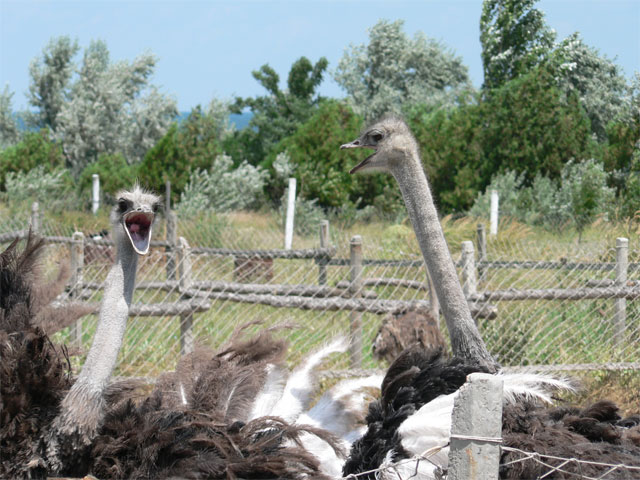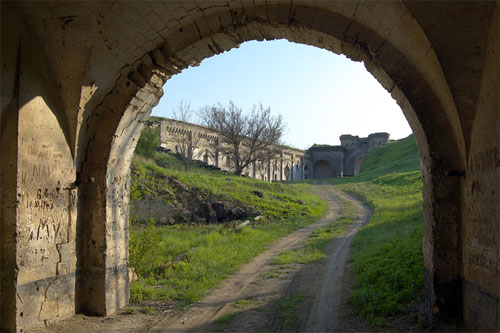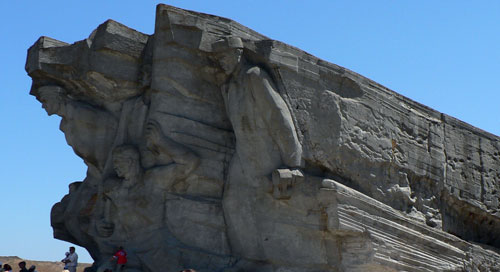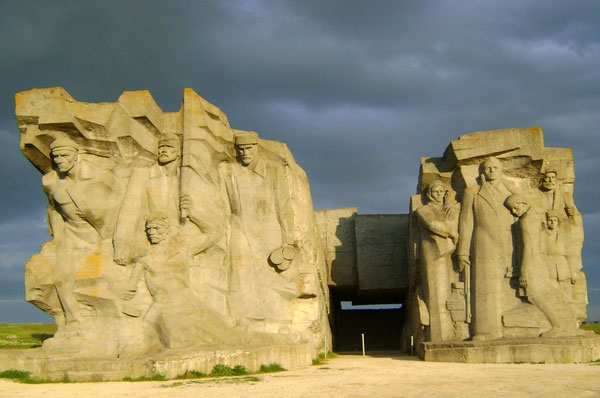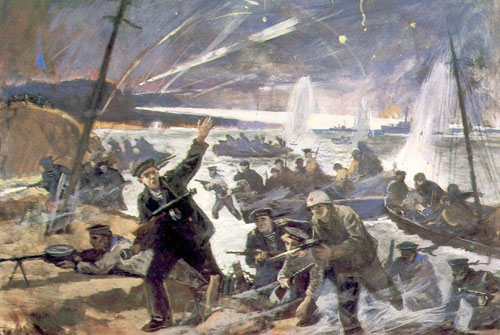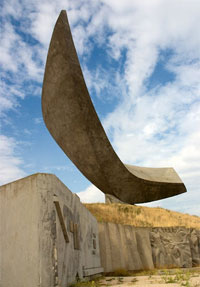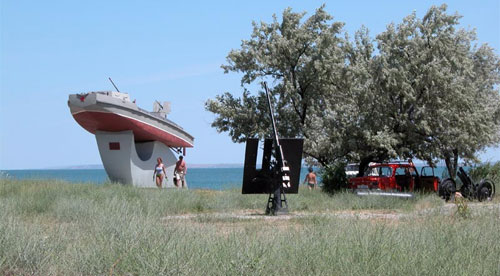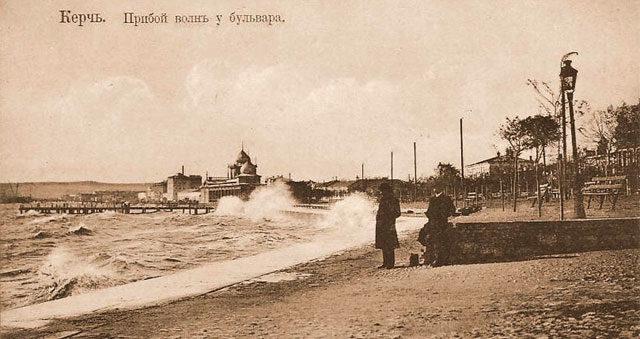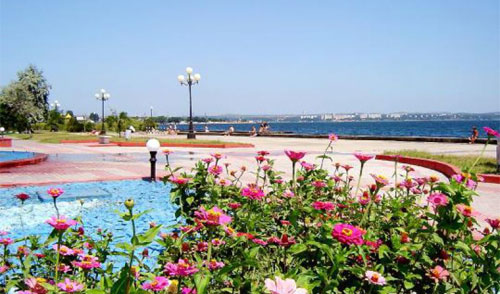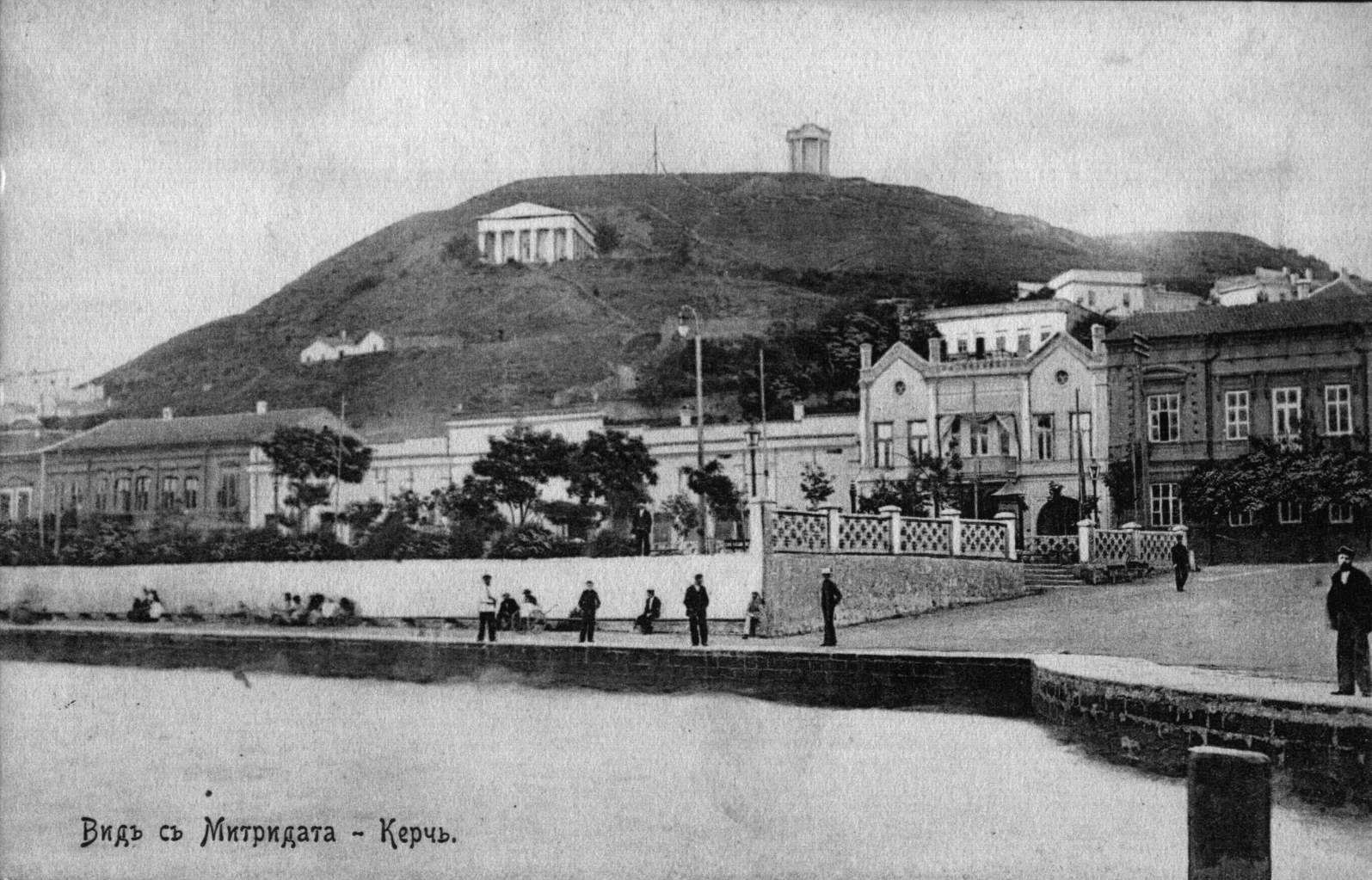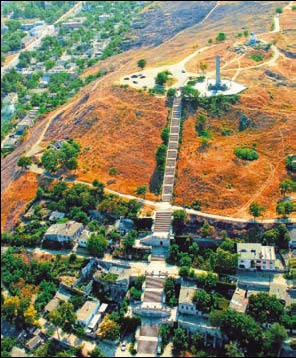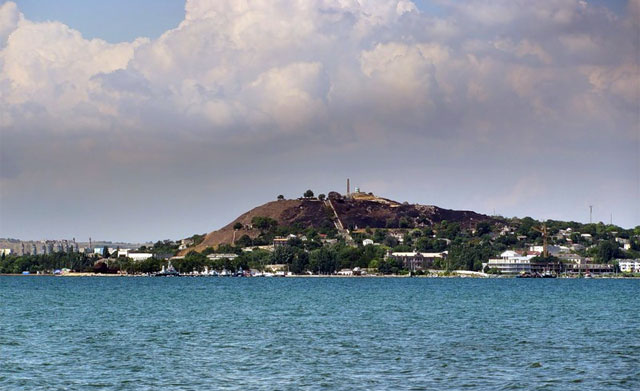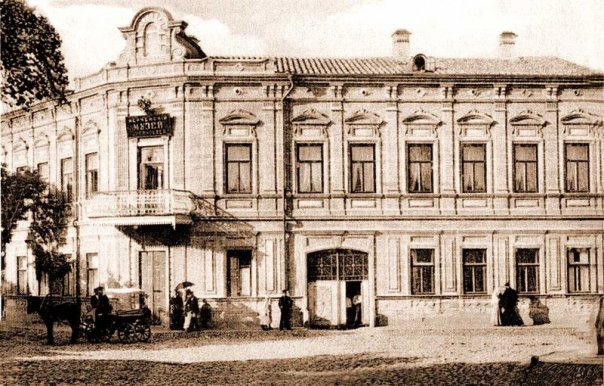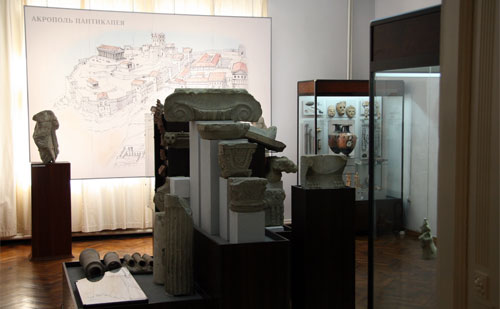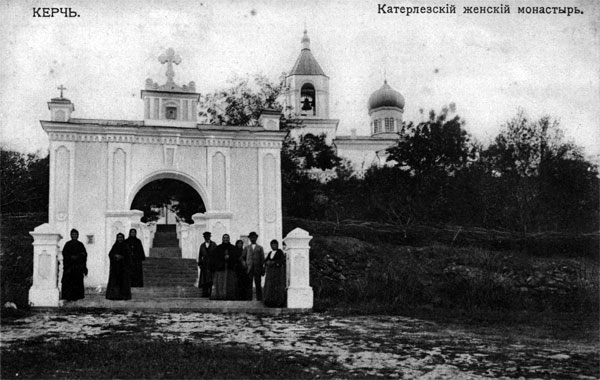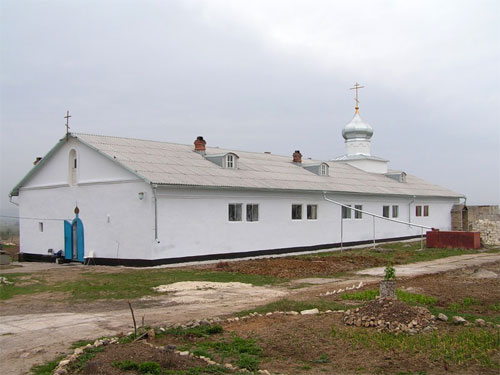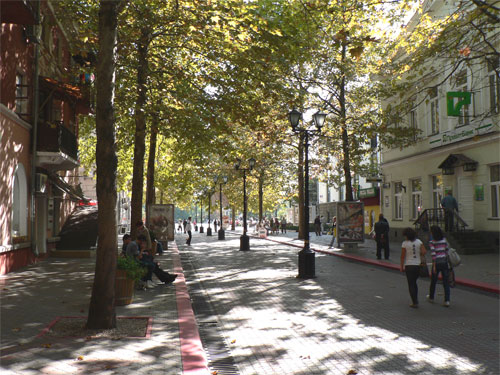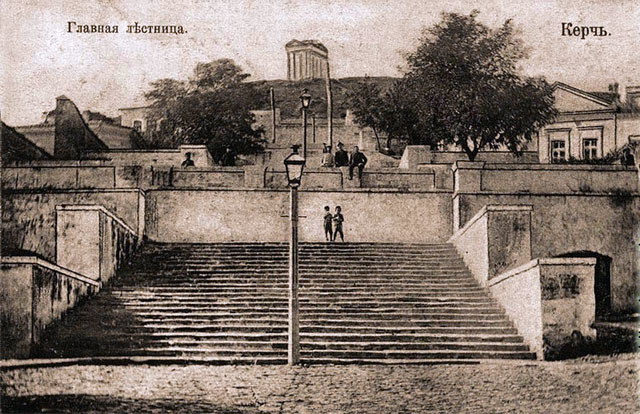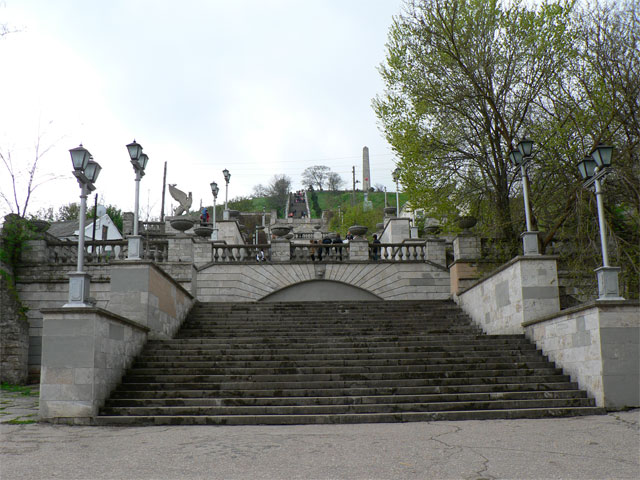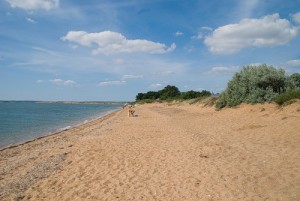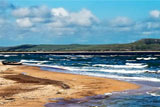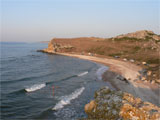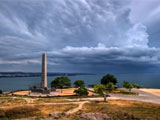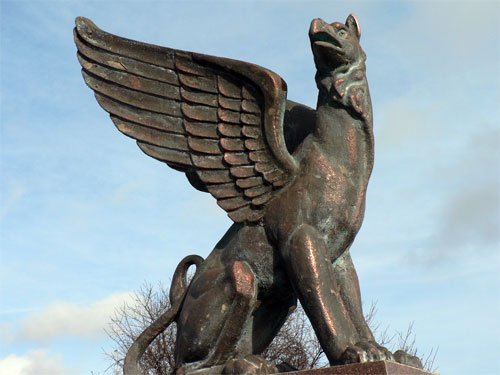
Kerch — the city of gryphons.
Due to the architects’ skills, antique and modern traditions have been successfully combined in Kerch’s architecture. The gryphons on the Mithridates staircase serve as just one example. The gryphon became the emblem of the city in the forth century ВС, and in during the 1830’s AD, two stone gryphons were placed on the Big Mithridates Staircase to guard peace in Kerch.
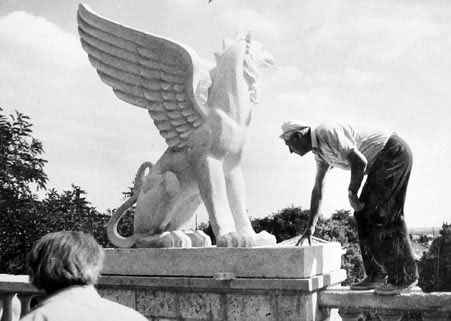
The sculptures were ruined with time and it was not until 1987, when new gryphons made of concrete, occupied their place again. In the 19th century, gryphons also decorated the entrance to the city at Shlagbaum Square, symbolizing Kerch as an exceptional and historically unique city. In autumn 1941, during World War II, the mythological beast-like birds were taken away as their presence made the mass evacuation from the Crimea conspicuous. The city was left without its symbol of security. Today, the gryphons not only decorate the Big Mithridates Staircase. The golden mythological creature with a key in its paws also rests on the top of the Memorial Column devoted to the city’s 2600th anniversary.
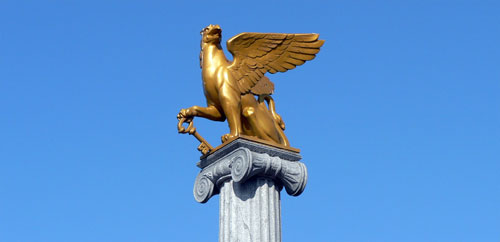
Kerch - the city of gryphons.
